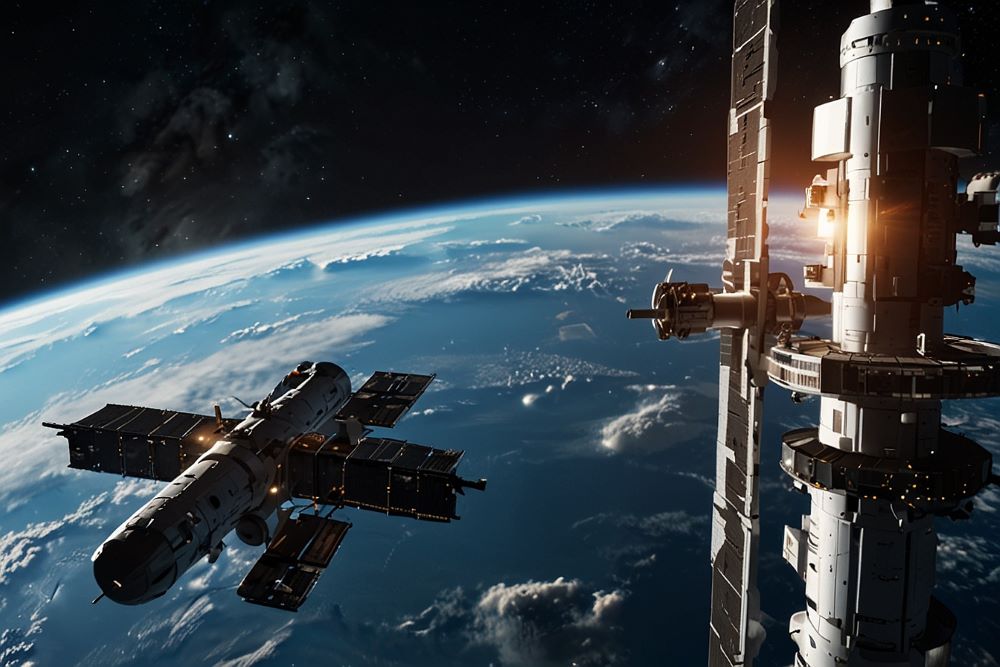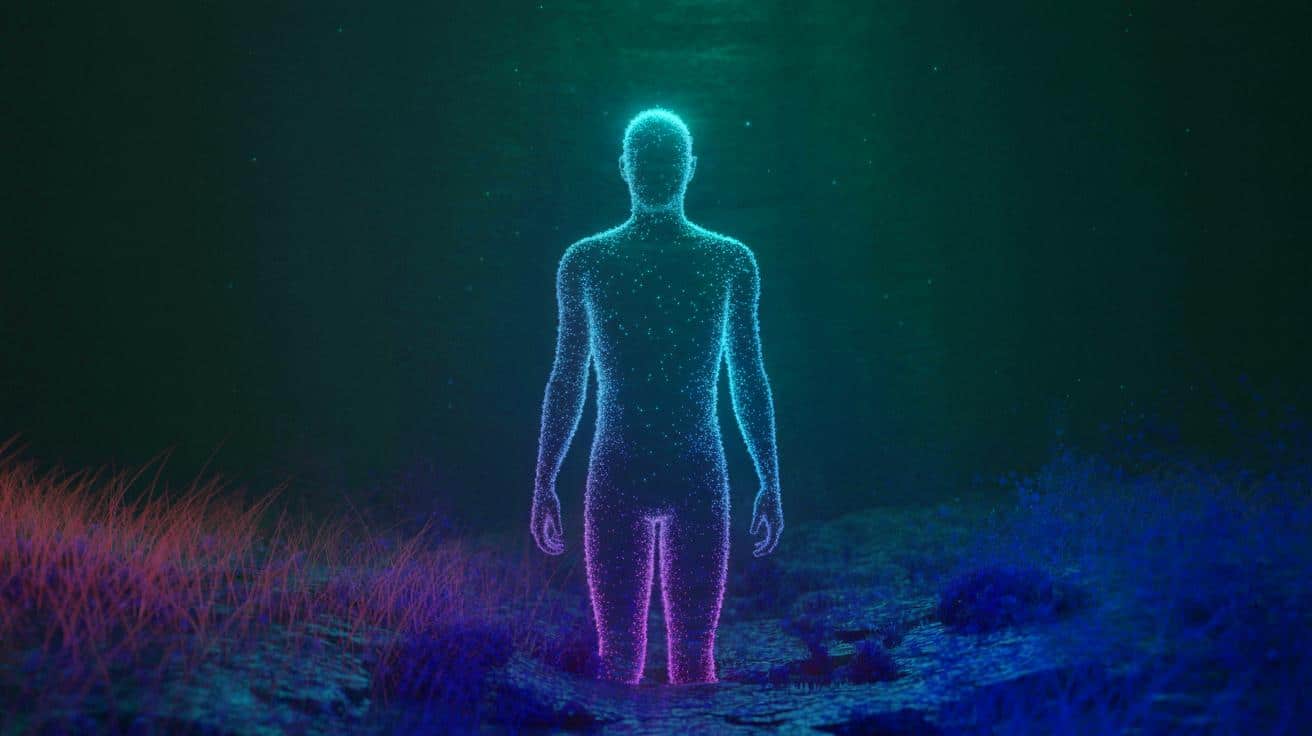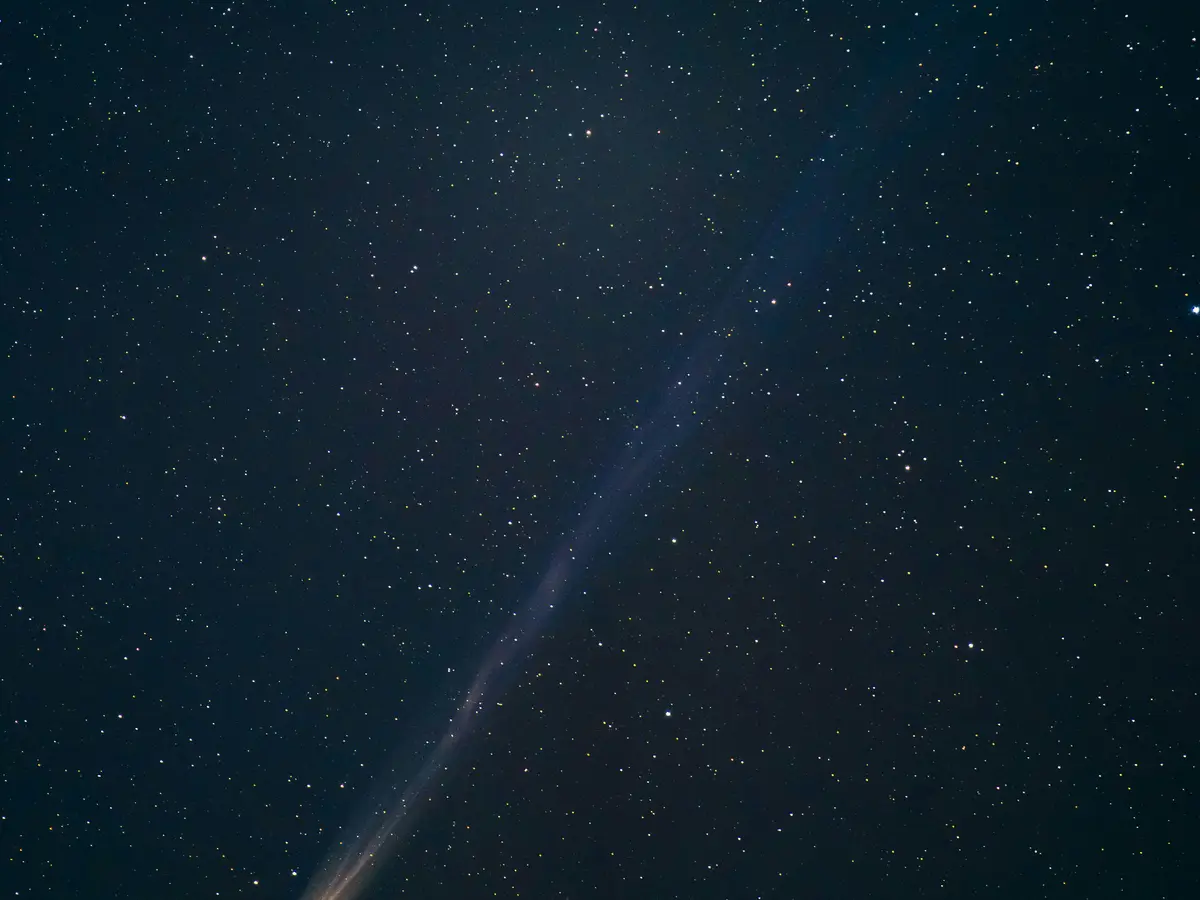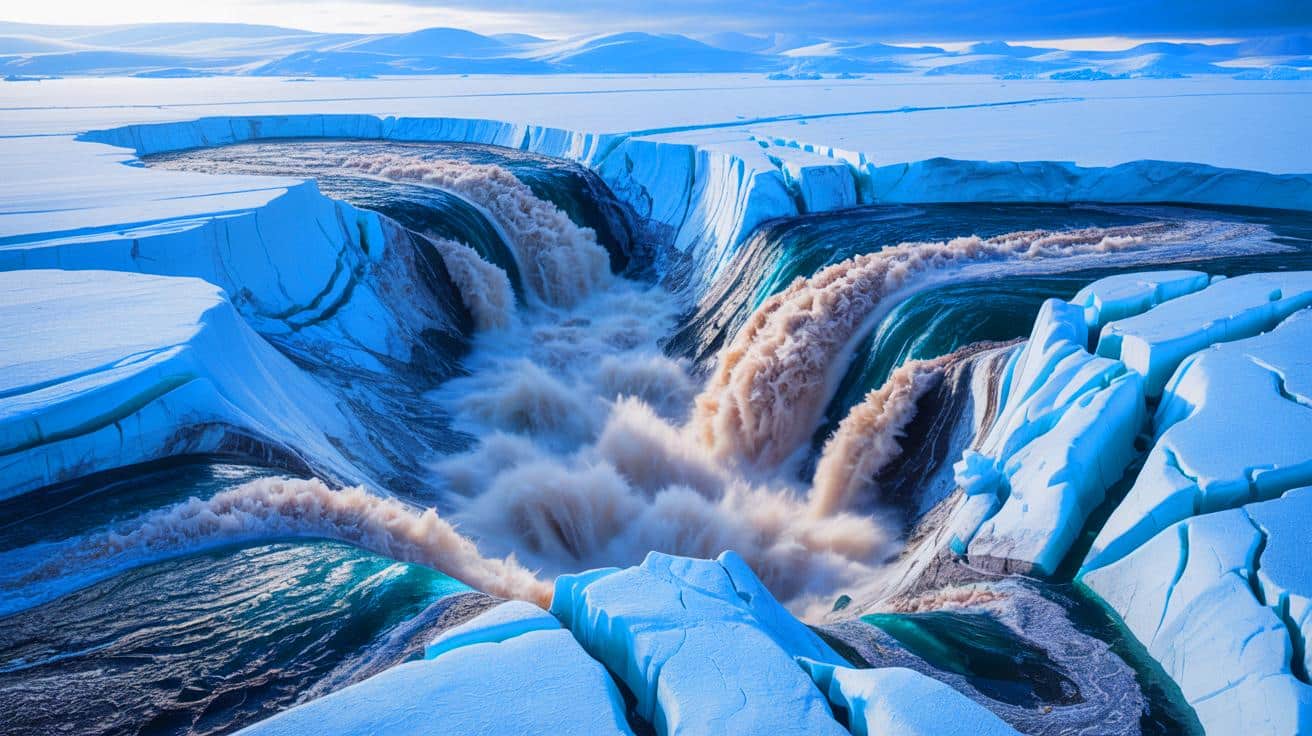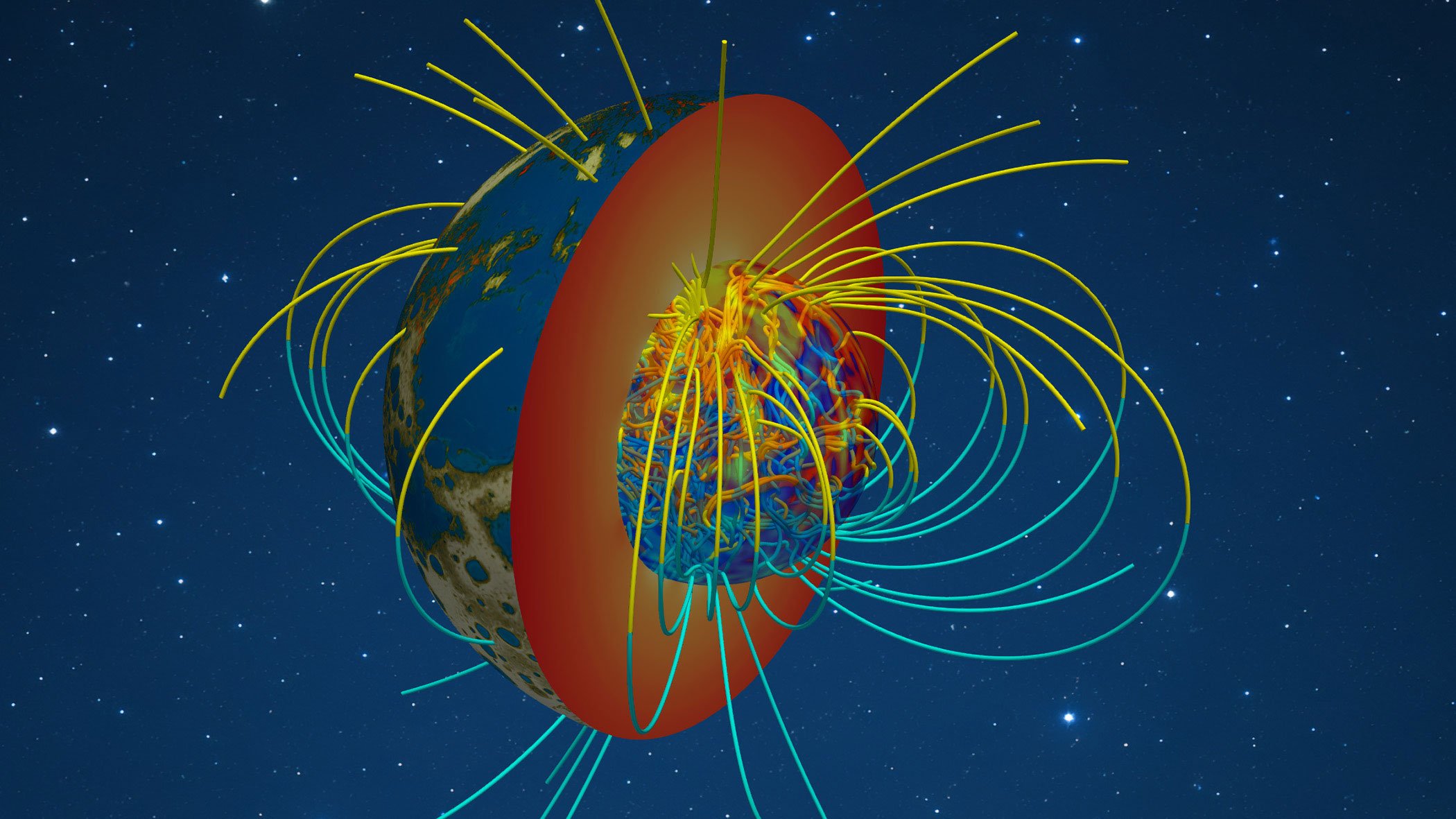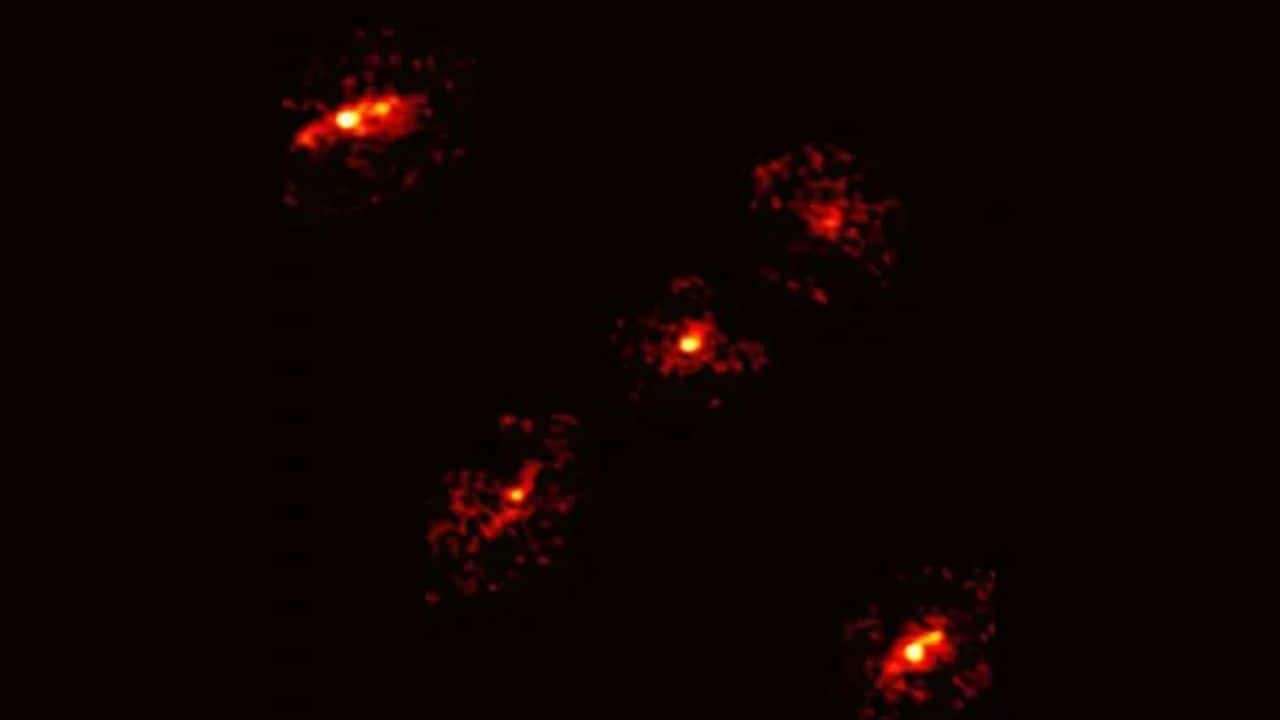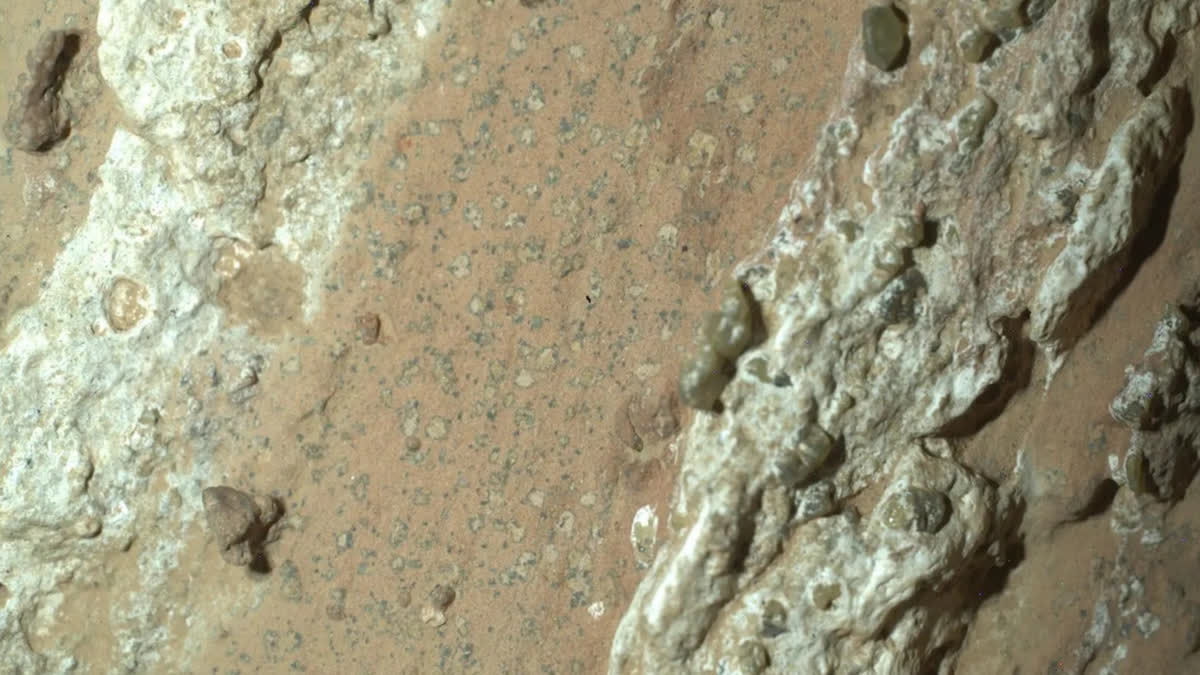Unbelievable Discovery: Global Warming Might Trigger a Future Ice Age!

Imagine a world where today’s heatwave could become the catalyst for a future ice age. A groundbreaking study from UC Riverside paints a startling picture of how our planet's rising temperatures might inadvertently usher in a dramatic cooling period. This research builds on earlier models of rock weathering and ocean carbon cycles, revealing how Earth’s climate system might overshoot its regulation, leading us toward uncharted territories of cold.
Throughout history, Earth has experienced remarkable shifts between intense warmth and glacial epochs, reshaping not just landscapes but life itself. Understanding these climatic oscillations hinges on the planet’s carbon balance, which has traditionally been controlled through geological processes like rock weathering. When rainwater meets rocks, particularly silicates such as granite, it absorbs carbon dioxide (CO₂). This captured carbon eventually settles in the ocean, forming limestone and shells, where it remains for millions of years.
Dubbed the “rock weathering feedback loop,” this process acts as Earth’s natural thermostat, cooling the planet as temperatures rise. But here’s where it gets tricky: as the planet heats up, weathering accelerates, pulling more CO₂ from the atmosphere and gradually reducing the greenhouse effect. The catch? This balancing act takes thousands to millions of years to stabilize, and recent findings suggest it's more fragile than we thought.
While rock weathering plays a pivotal role in climate regulation, researchers are now emphasizing the oceans’ vital influence in driving significant temperature shifts. When the planet warms, nutrients like phosphorus flow into the oceans, fueling plankton growth. These tiny organisms are crucial carbon absorbers. Yet, under warming conditions, the oceans lose oxygen, disrupting this cycle. Instead of sequestering carbon, phosphorus gets recycled, leading to more plankton growth and decay, ultimately pushing temperatures downward in an alarming feedback loop.
Co-author Andy Ridgwell explains, “As the planet gets hotter, rocks weather faster and take up more CO₂, cooling the planet back down again.” But this natural mechanism has its limits; it can become too effective, potentially plunging Earth into cooler conditions that could last for millennia, leaving an indelible mark on our planet long into the future.
Today, with human activities like fossil fuel burning skyrocketing CO₂ levels, the potential for dramatic climate shifts is concerning. Ridgwell warns that our modern interference may not allow the cooling process to unfold naturally. “Like placing the thermostat closer to the AC unit,” he says, our changes to the nutrient cycle could distort Earth’s climatic response.
But here’s the kicker: whether the next ice age begins in 50, 100, or even 200 thousand years is less important than how we handle the current warming crisis. The pressing issue lies in our immediate response to today's climate challenges. The research underscores the necessity of addressing ongoing warming, highlighting that while Earth will eventually cool again, this won't happen fast enough to benefit current and near-future generations.
The findings remind us that while Earth has oscillated between extremes in the past, the rapid pace of today’s warming introduces new complexities. If we allow current trends to continue unchecked, we may face not only an unstable climate but also a future cool-down that could be just as catastrophic as the warming phase we are currently experiencing.
Understanding feedback loops is crucial for accurate climate predictions. The latest insights from UC Riverside highlight the unpredictability of Earth's climate system in today’s accelerated world. By honing models that consider both gradual natural processes and rapid human-induced changes, scientists aim to unveil the potential consequences of our actions. As we influence the climate, the future remains uncertain, but the responsibility to act and limit warming is undeniably in our hands.











